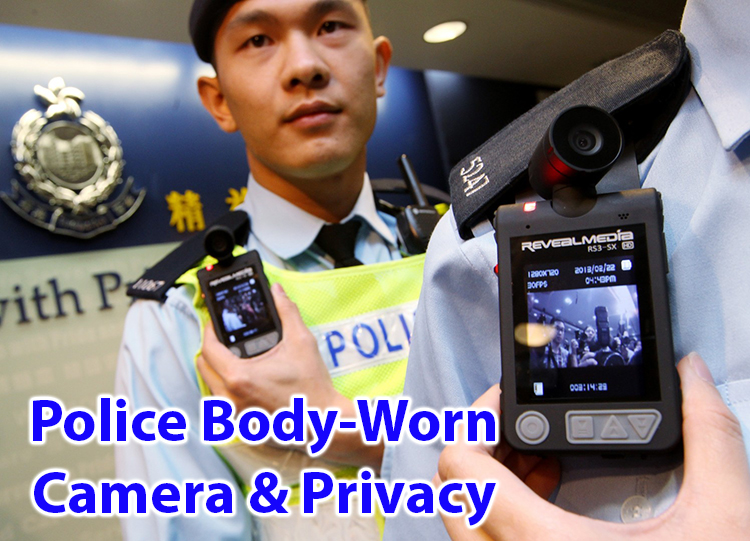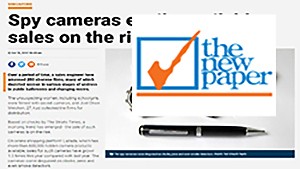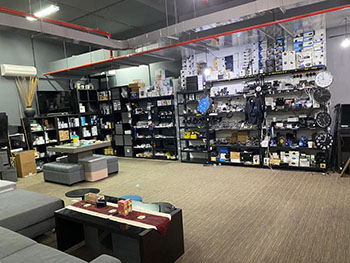Police Body Cameras and Privacy

When police over the U.S. are being observed attentively by the residents they serve, numerous offices are grasping wearable cameras to report their cooperation with people in general. Police and rights activists the same had trusted chronicle occurrences on watch would help debilitate viciousness against officials just as increment straightforwardness in how police treat residents. Be that as it may, a report discharged for the current week addresses how much law requirement offices are informing the open concerning the utilization of the cameras—and the recording they gather.
The Impact of Body Cameras on People and Crime Rate:
The most recent body-worn camera scorecard from The Leadership Conference on Civil and Human Rights, working with innovation and approach counseling firm Upturn, inspected 50 U.S. police offices and articulated them ailing in a large portion of the examination’s eight criteria. These benchmarks incorporate how well police secure the protection of those they record, regardless of whether officials are permitted to audit film before documenting their reports, to what extent the recording is held and whether regular folks can see film in which they show up. Various social equality associations, security promoters and news sources built up the criteria in May 2015 to impact how offices execute and utilize the innovation.
None of the divisions got a passing grade in all classes. Truth be told just 13 passed marshal in multiple zones, as per Wade Henderson, president and CEO of The Leadership Conference, a social liberties umbrella gathering framed in 1950 to speak to various associations including the NAACP and ACLU. Police offices in Ferguson, Mo., and Fresno, Calif., neglected to fulfill any of the criteria whatsoever. Ferguson drew the world’s consideration two years prior when police there lethally shot unarmed African-American youngster Michael Brown, prompting across the nation debate over the manner in which law authorization treats minorities.
Concerns on the Use of Body Cameras:
Civil rights groups are additionally worried that biometric programming with facial-acknowledgment capacities could be utilized to distinguish individuals in camera film, and the scorecard’s eighth point grades departmental camera approaches dependent on whether they call for breaking points on biometrics use. The innovation expected to promptly perceive people on camera requires a blend of handling force, calculations and camera battery life that doesn’t yet exist—however that could change rapidly as Taser International and other body-camera creators grow live-spilling abilities. What’s more, facial acknowledgment of put away pictures as of now exists.
Civil rights groups dread police will utilize cameras as clearing observation gear while watching minority neighborhoods, Henderson said at a public interview. A few offices have reacted to these worries by forcing guidelines to constrain spilling facial-acknowledgment innovation—before it winds up accessible. The Baltimore Police Department was the just one in a year ago’s debut Leadership Conference scorecard whose strategy as of now compels biometric searches of film. The Conference’s most recent scorecard demonstrates that police in Baltimore County, Boston, Cincinnati, Montgomery County, Md., and Parker, Colo., have all additional biometrics restrictions too.
“The utilization of biometrics will be a major issue—and not in the excessively far off future,” says James Coldren, overseeing executive for equity programs at the CNA Institute for Public Research, a not-for-profit research and investigation association. “It resembles whatever else. Biometrics can make issues if it’s not controlled or checked and individuals with terrible aims use it that way.” Coldren and William Sousa, chief of the Center for Crime and Justice Policy at the University of Nevada, Las Vegas, are driving an investigation of the Las Vegas Metropolitan Police Department’s body-worn camera experimental run program. They were not engaged with the Leadership Conference study yet have found through their exploration that, after some underlying obstruction, police offices are inviting body-worn cameras. “[In Las Vegas] the division found that the recordings are useful for the honest and terrible for the liable,” Coldren says.
Notwithstanding what’s on the horizon, different issues are more squeezing than biometrics, says Michael White, a teacher of criminology at Arizona State University who has surveyed body-worn cameras for the U.S. Branch of Justice (DoJ). “I have heard some discussion about potential [uses of biometrics] yet I don’t know about any organizations moving rapidly toward that path at the present time.” Of the criteria that the Leadership Conference centers around, the most huge include when officials record and how they secure subjects’ protection—especially that of wrongdoing exploited people. Such security concerns have surfaced as certain offices make YouTube channels for their recording.
Concerns Regarding the Funding of Cameras:
Numerous divisions refer to cost as a hindrance to utilizing the innovation. The cameras themselves can extend in cost from $300 to $800 per official, with a huge number of dollars progressively spent on month to month video stockpiling after some time. The expenses are anything but difficult to ascertain: equipment, preparing and information stockpiling. Investment funds, for example, decreased claims or less petulant network relations, be that as it may, are not all that simple to evaluate, says White, co-executive of a group that trains and helps an assortment of law authorization offices whose camera projects are financed by the DoJ’s Bureau of Justice Assistance (BJA) Pilot Implementation Program. However, White thinks probably a portion of the costs will be counterbalanced. “Some enormous police offices routinely pay out $10 at least million yearly in common case,” he says. “On the off chance that body-worn cameras diminish that figure, that is a tremendous positive.”
The BJA utilizes its own scorecard to assess departmental camera approaches utilizing 17 criteria obligatory for subsidizing, including whether officials are told on when they need to actuate their body cameras and how to safely download the recording to office PCs. There is a valid justification these arrangements are accepting such investigation: The BJA has officially dished out more than $19 million to 73 offices across the nation to purchase wearable camera frameworks.








